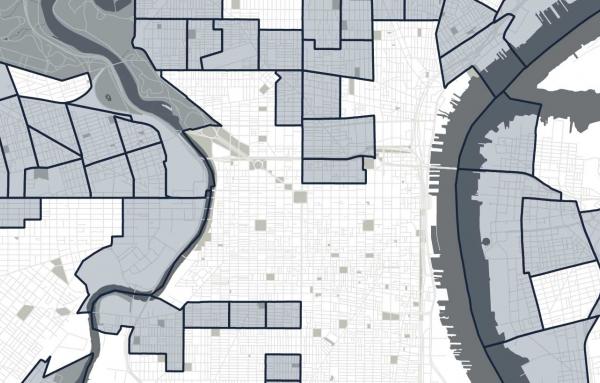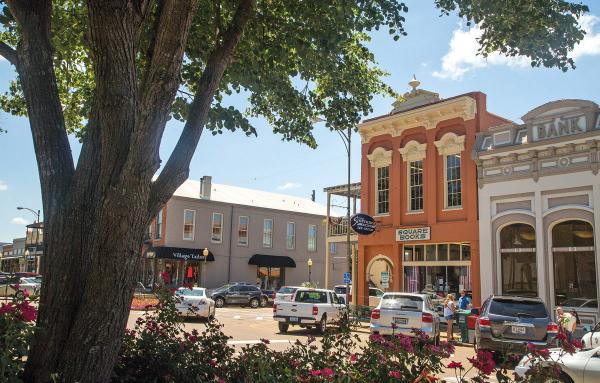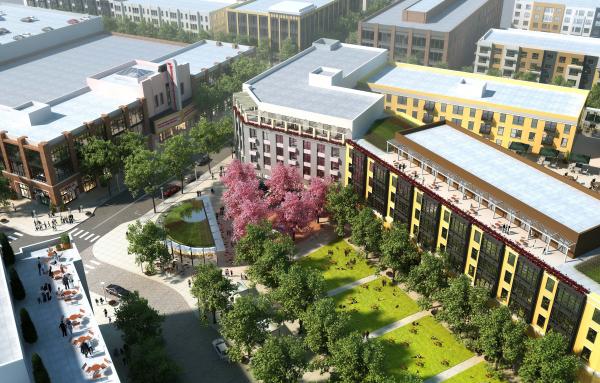Realizing the potential for catalytic conversion
The Beacon Center, a new faith-based development in the District of Columbia, recently opened with a ceremony marked by one inspiring speech after another. Washington DC Mayor Muriel Bowser noted how the project “took back a corner,” transforming a crime-ridden pocket of the city into a development whose impact will ripple well beyond the church’s four walls. Projects like the Beacon Center that are catalysts for community transformation, while also providing high quality low-income housing, are exactly what the new federal program to address struggling communities—Opportunity Zones—is all about.
The program
The Opportunity Zone program was designed to encourage private investment in economically distressed, low-income census-tracts through capital gains tax incentives for investors. The intent is to spur economic investment to improve community conditions in these disinvested areas by injecting capital into local businesses or real estate development.
The program is place-based and can be used in census tracts designated by the governors of each state. Eligible tracts are those that meet the federal definition of a low-income community, generally a poverty rate of at least 20 percent; beyond that, there is significant discretion in zone identification and jurisdictions have used a wide range of criteria for selection.
The mechanism of the program is the establishment of an Opportunity Fund by private entities who can then deploy the capital into Qualified Opportunity Zone projects in distressed areas. Almost any type of real estate or business development can receive the program’s tax benefits as long as they are within the Opportunity Zone geography. The tax benefits are considerable and can last for up to ten years and beyond, with growing incentives the longer the capital gains are invested.
Opportunity Zones account for 12 percent of the country’s land mass, touching rural, suburban and urban areas. Approximately a third of the zones are in dense urban areas where residents spend on average more than 50 percent of their income on housing and transportation. A significant promise of the OZ program could be to help alleviate the affordable housing crisis while improving the quality of life for deserving families in many areas of the country.
Opportunity Zone projects as catalysts for transformation
We have seen the program’s potential demonstrated in both individual and multiple projects that have realized significant change in their respective communities while also addressing affordable housing needs. In the Westlake neighborhood in Los Angeles, California, for instance, one of several downtown LA Opportunity Zone communities, our MacArthur Park project was built in partnership with the local Transportation Authority and includes affordable and low-income apartments, new retail and commuter parking.
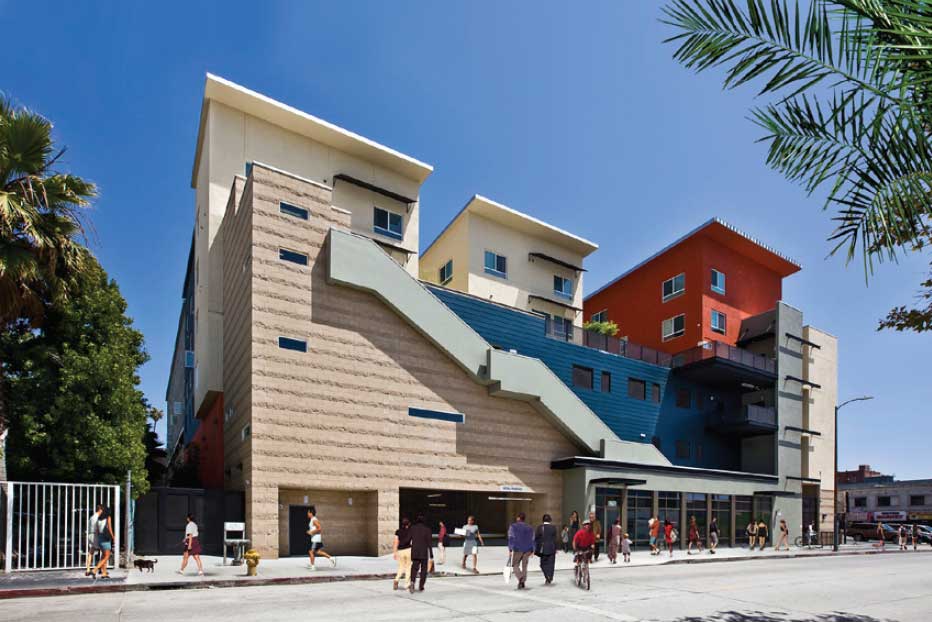
Located over the Metro subway line, the development replaced a surface parking lot with a mixed-use urban block. One of the first new developments in the once-prosperous neighborhood, the project signaled its shift from decline into a more promising future. Smart Growth’s recent assessment of Opportunity Zones across the country ranked Westlake high given both its walkable urban characteristics and its potential, as demonstrated in projects like MacArthur Park, for OZ investments not to force out the very populations the program is designed to benefit.
OZs in the District of Columbia
In contrast to LA, Opportunity Zones in the District of Columbia are concentrated in the eastern neighborhoods on the city’s edge, reflecting an historic socio-economic divide between an affluent west and less prosperous east, as well as the resurgence of the District’s inner urban core and the displacement of lower income and workforce populations to the low-density neighborhoods at the city’s eastern edge.
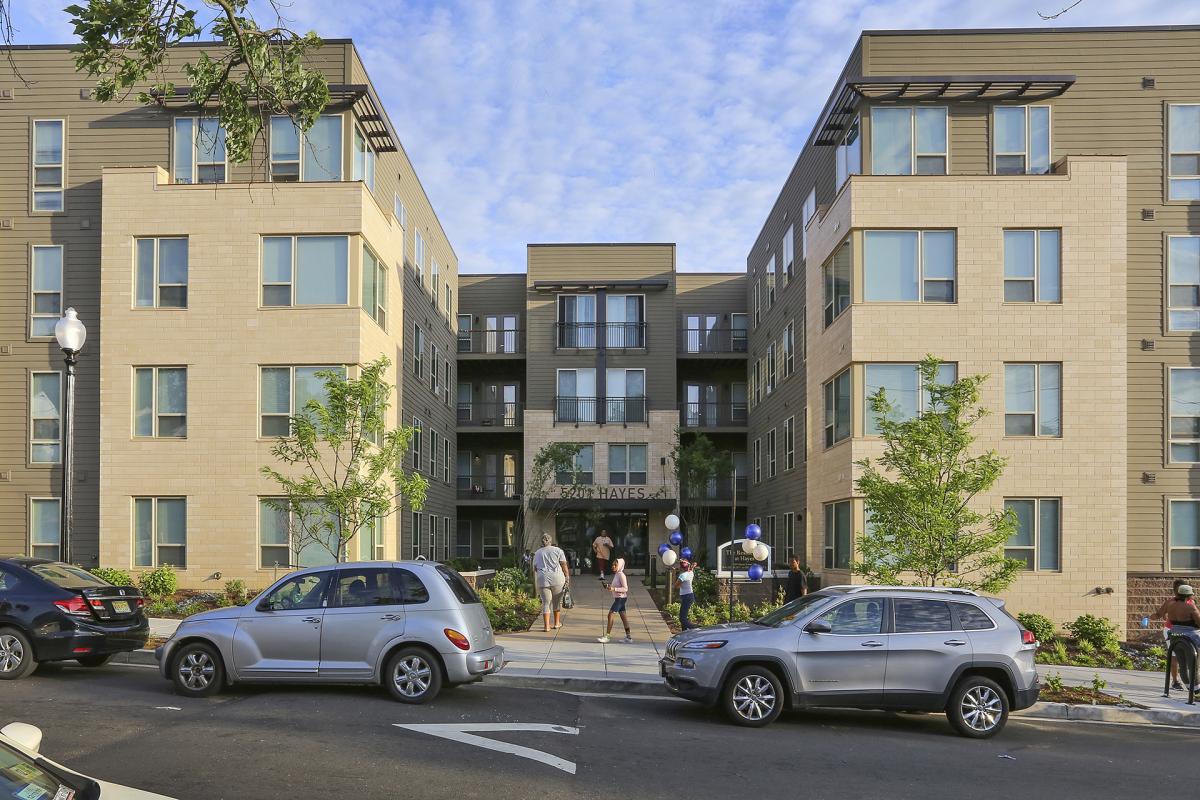
The resurgence of the Deanwood neighborhood in one of the District’s Qualified OZ zones east of the Anacostia River is an example of how multiple projects can create the critical mass that spurs community change. The neighborhood’s transformation began with significant city investments, including the transformation of its major arterial Nannie Helen Burroughs Avenue into a multi-modal urban boulevard and the renovation of its signature open space, Marvin Gaye Park.
A housing program that will replace an aging public housing development with on-site revitalization and infill development through a “Build First” approach in the broader neighborhood initiated multiple mixed-income housing projects, all concentrated along the renovated boulevard. The first was a modest 70-unit mixed-income apartment building at one end of the boulevard and was quickly followed by 150 mixed-income apartments at the other. A faith-based project on the nearby campus of the Progressive National Baptist Convention, the home religious institution of Reverend Martin Luther King Jr., will soon add another 93 residential units. In the coming years, two more projects will revive the neighborhood’s commercial heart at the intersection of Nannie Helen Burroughs Avenue and Division Street with new housing and significant ground floor retail that may bring a grocer to this existing food desert. All together, this “Build First” strategy in Deanwood will add over 500 low-income and affordable family housing units that includes providing replacement housing for 40 percent of the low-income families needed for the anticipated neighborhood revitalization of the nearby public housing development.
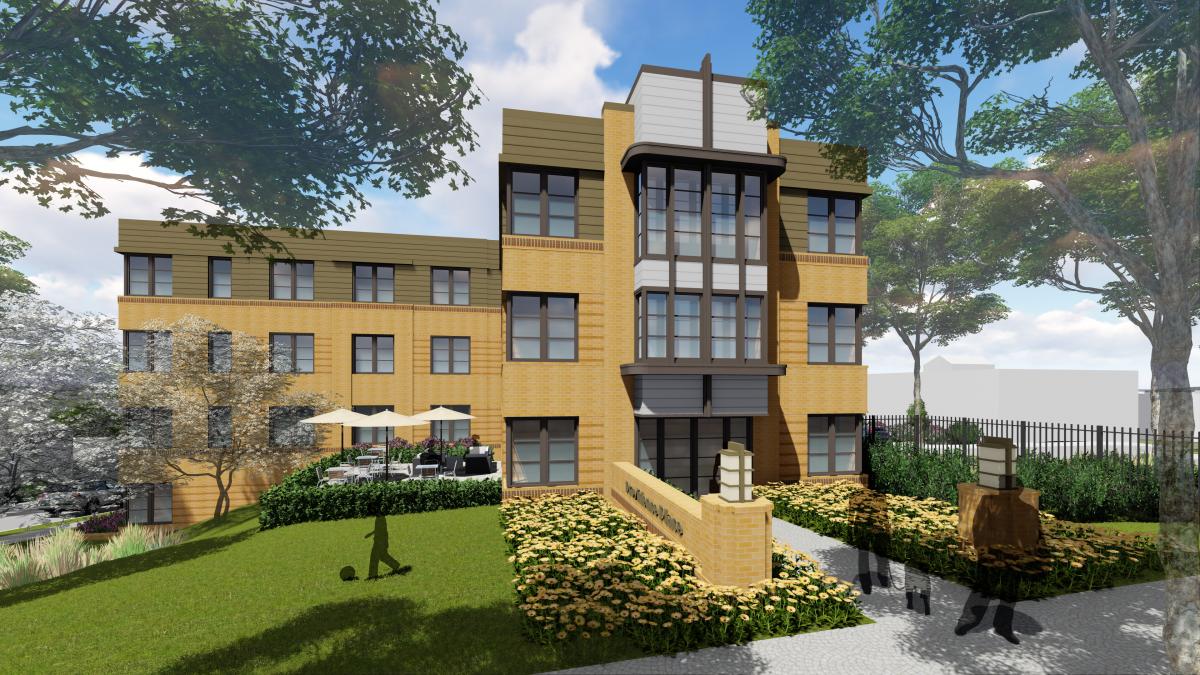
The new mixed-income housing has been a boon to the neighborhood, as evidenced in Redfin’s recent designation of it as one of the ten hottest housing markets in the country. Incorporating low-income housing as a core of the development program, the City and their development partners preserved existing affordable units and allowed legacy residents to remain in the neighborhood and benefit from its resurgence.
Transforming a poor hamlet on Long Island
In the second poorest town on Long Island, the Wyandanch project demonstrates not only the power of the catalytic project but also the power of the plan. Recognizing the potential of the area around the town’s commuter rail stop, at the time a ratty collection of aging industrial buildings and parking lots, the town worked with residents and stakeholders in a public-private revitalization effort to transform it into a new civic, commercial heart.
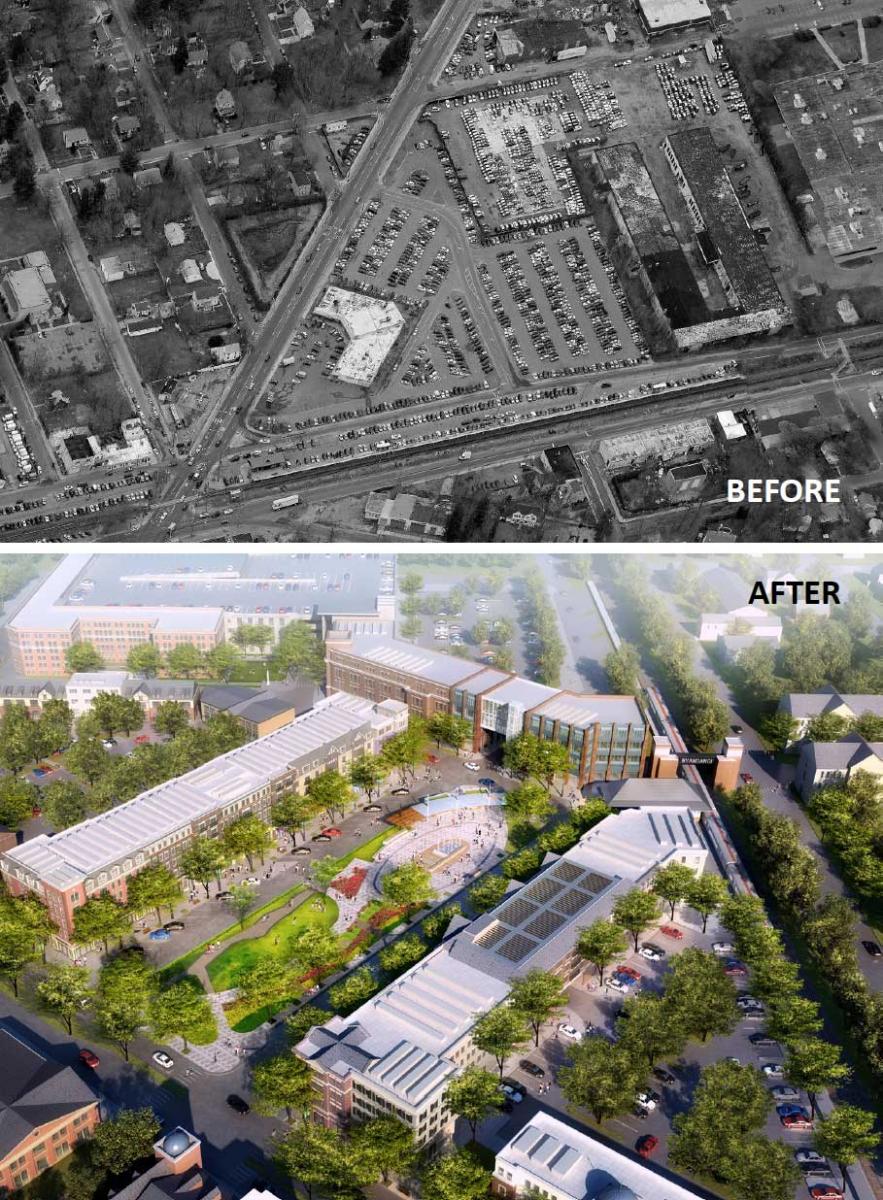
The master plan, much of which has now been realized, was formed around a new town square lined with mixed-use buildings and a new train station, creating what The New York Times referred to as a “downtown from scratch.” With new amenities and new rental housing, the project has had a positive ripple effect, spurring housing renovation and infill construction, and setting the town on the road to a more prosperous future.
The opportunity
As our work and that of so many others has demonstrated, a single project—or even better—multiple projects can be an instigator of community uplift in highly concentrated low-income communities. Investments in distressed areas can pay off in both near term financial rewards and social, economic and physical community improvements, important premises of the Opportunity Zone program. Most importantly, they can benefit those the program is intended to help the most.






